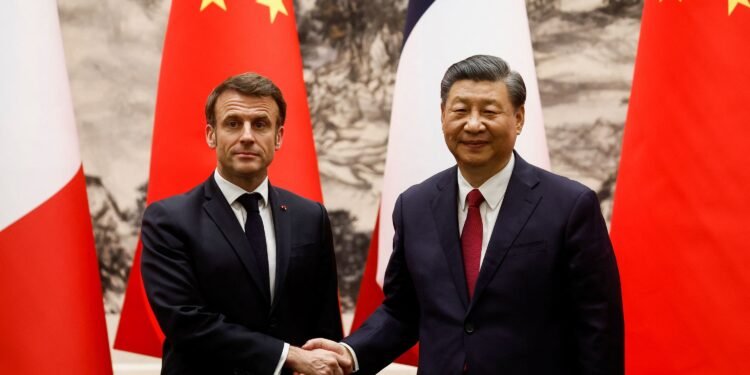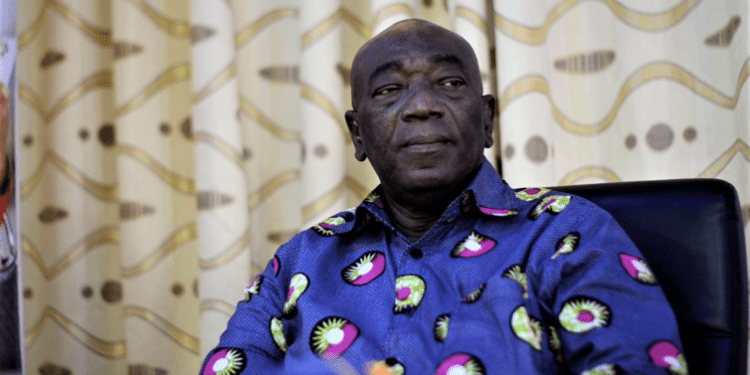Ghana’s private sector returned to a positive growth trajectory, as data gathered at end-September 2021 signaled renewed expansion in output, new orders and employment, IHS Markit indicates.
Considering the fairly favourable outlook of the business environment, companies leveraged on increasing customer demand to scale up their purchasing activity and inventory holdings. That aside, inflationary pressures showed signs of easing but remained marked.
Commenting on the latest survey results, Andrew Hacker, Economics Director at IHS Markit, noted:
“Ghana’s private sector surged back into growth territory in September, brushing aside any concerns of an extended soft-patch as customer demand strengthened. After seeing GDP growth of 0.9% over the second quarter, the PMI data suggest a similarly-sized expansion for Q3.”
Andrew Hacker
The Purchasing Manager’s Index (PMI), the headline figure derived from the survey, signaled an improvement in the month of September 2021 (52.6) compared to a reduction observed in August 2021 (48.9).
Rate of growth of PMI reach 40-month high
The rate of growth accompanying this leap in the PMI reading represented a 40-month high. Panellists surveyed highlighted a significant growth in customer demand. Thus, there were mentions of some new product launches which helped to support growth.

Other highlights from the survey showed that all broad sectors saw new business expand. Growth of new orders fed through to an expansion of business activity, the first in three months. This triggered an increase in output at a solid pace, the fastest since April 2021.
Furthermore, rising new orders meant that companies increased their staffing levels, with some firms reporting that previously vacant positions have been filled. This cascaded into a rise in employment for the first time in three months, with manufacturing, the only sector to see a fall in the number of workforce.
Higher staffing levels enabled companies to keep atop workloads. This remained so as backlogs of work decreased for the second successive month in September 2021. Also, companies kept their purchasing activity parallel to the higher output requirements and stronger customer demand.
Cost pressure rise minimally
Lead times were shortened as companies increased efforts to purchase inputs, following positive responses of vendors to request for faster deliveries. This showed the sharpest improvement in lead times since April 2014.
Cost pressures rose minimally, thus feeding into an ease in the rate of inflation in September 2021. Particularly, input costs increased at a softer pace, but one that remained sharp. This is amid elevated prices for materials, currency weakness and higher freight costs.

With living costs rising, firms considered raising employee pay, thus resulting in a further rise in staff costs. The transfer of higher input costs on customers resulted in further rise in selling prices, though softest in three months.
Panellists surveyed showed optimism regarding the likelihood of expansion in output. This is the case as economic conditions continue to take shape into the coming year. Given the bullish sentiments expressed by the panelists, one-third responded a rise in output over the next 12 months.
READ ALSO: GGBL and FML Lift the Accra Bourse Despite 87% Decline in Turnover























